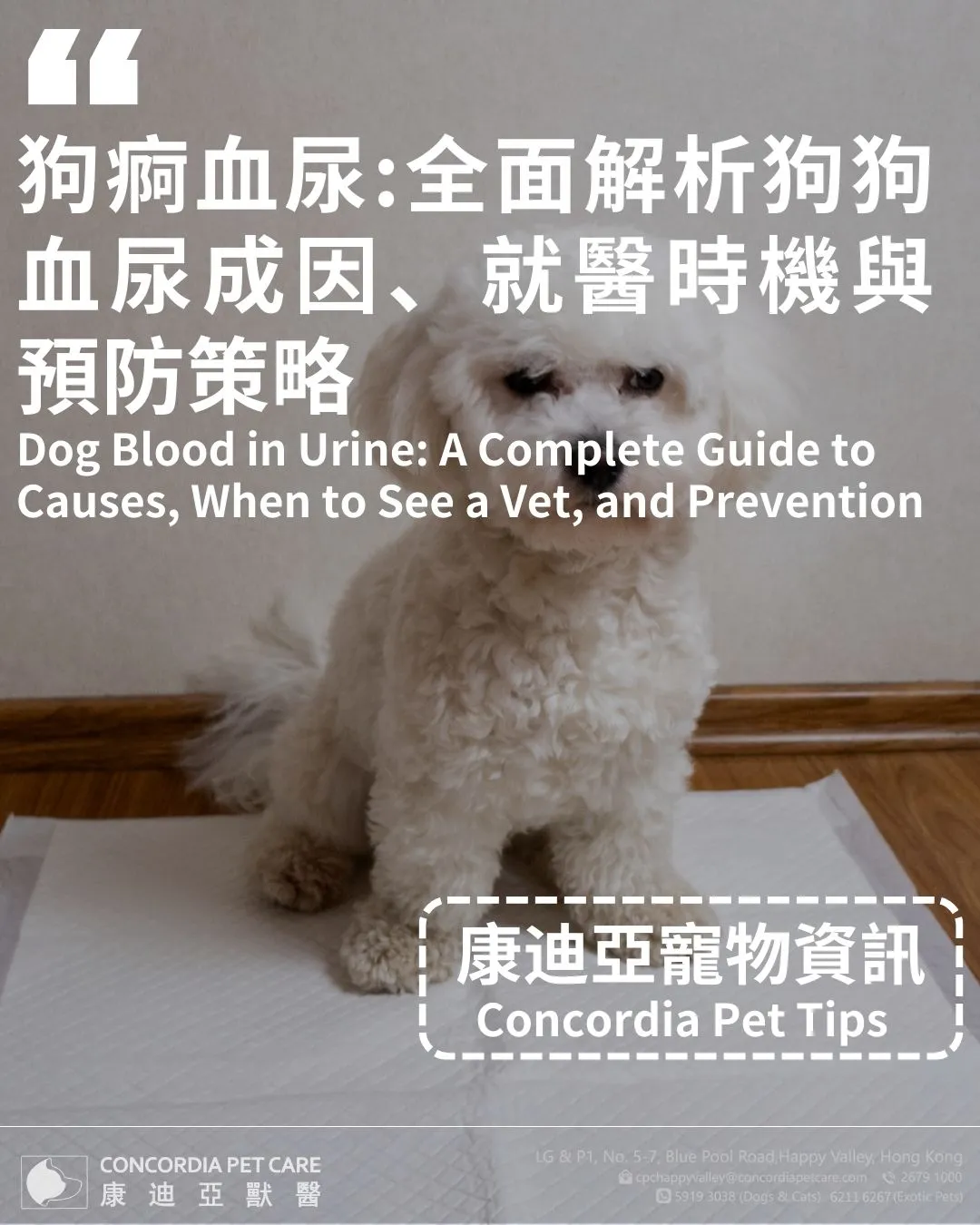
Dog Heart Disease Symptoms, End Stage Signs, and Treatments: 3 Key Diet and Care Principles
 Concordia Pet Care
Concordia Pet Care
 2025-08-31
2025-08-31


Heart disease in dogs is a common chronic condition, and the risk increases with age. Early detection and treatment can significantly improve a dog’s quality of life and extend its lifespan. In this article, we will dive into the symptoms of heart disease in dogs, end stage signs, treatment options, and three essential dietary care principles to keep your pet healthy.
Symptoms of Heart Disease in Dogs
Similar to humans, heart disease in dogs may show no obvious symptoms at first, but as the condition progresses, signs will become more noticeable. Common symptoms include:
Coughing
If your dog often coughs, especially in the early morning or at night, it may be due to fluid buildup in the lungs caused by heart disease, irritating the airways. Sudden weather changes may also increase coughing frequency.
Fatigue
A once energetic dog may now seem lethargic, panting after just a short walk, or losing interest in playing with toys. This may be due to weakened heart function, which reduces blood circulation and leads to tiredness.
Rapid Breathing
It’s normal for dogs to breathe quickly after exercise or excitement, but if your dog often breathes rapidly while resting—and especially if the tongue appears bluish-purple—this may indicate the heart is struggling to pump enough blood and oxygen.
Unsteady Walking
Weakness in the hind legs, staggering, or frequent falls may suggest poor circulation due to heart disease, which can affect nerves or muscles in the hind limbs.
End Stage Symptoms of Dog Heart Disease
When heart disease worsens, dogs may develop more severe conditions that greatly affect their quality of life, such as:
Abdominal Fluid Build-Up (Ascites)
In heart failure, blood cannot circulate effectively, causing fluid to accumulate in the abdomen. This makes the belly appear swollen and firm, which can press against internal organs and worsen discomfort.
Sudden Collapse or Fainting
When the heart cannot supply enough blood to the brain, oxygen deprivation can cause sudden fainting or loss of consciousness. This is a dangerous symptom that requires urgent medical attention, as it can be fatal if untreated.
Dog Heart Disease Treatment Options
Treatment depends on the cause, severity, and overall health of the dog. After diagnosis, veterinarians will design a suitable treatment plan. Common approaches include:
Medication
Medication is the most common treatment. Vets may prescribe vasodilators, diuretics, or cardiac stimulants to slow the progression of heart failure and relieve symptoms such as coughing or breathing difficulty.
Hospitalization
If the condition worsens, hospitalization may be necessary. This can include oxygen therapy and IV fluids to stabilize the dog’s condition while under close veterinary monitoring.
Surgery
For some congenital heart diseases, surgery may be required to repair heart defects and improve circulation. However, surgery is not suitable for all cases, and the decision depends on the dog’s age and condition.
3 Key Principles of Dietary Care for Dogs with Heart Disease
Follow the Vet’s Instructions on Medication
Always administer medication according to veterinary instructions. Do not change dosages or stop treatment without guidance. If your dog resists medication, you can hide it in food to help ingestion. Regular check-ups are also essential to monitor progress and adjust treatment.
Dietary Management
A low-sodium diet helps reduce the strain on the heart. Adequate protein intake is also important to maintain muscle mass. For dogs with poor appetite, try smaller, more frequent meals.
Gentle, Appropriate Exercise
Dogs with heart disease should avoid strenuous activities like running or jumping. Instead, opt for short, gentle walks during cooler weather to support cardiovascular function. Exercise levels should be tailored individually, and always stop if your dog shows signs of fatigue or difficulty breathing. Consulting your vet for a safe exercise plan is recommended.



